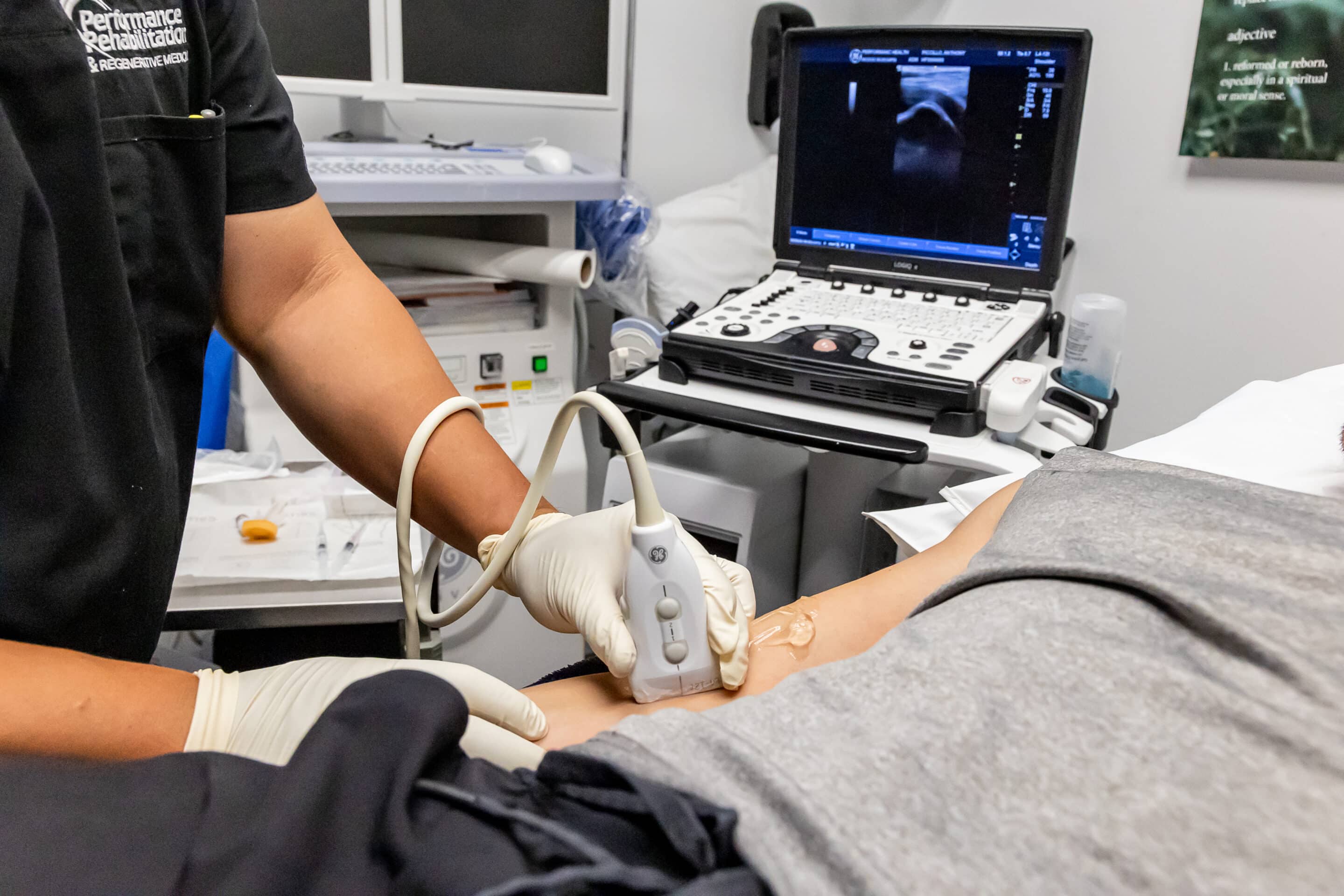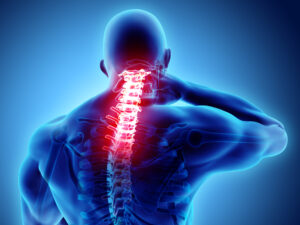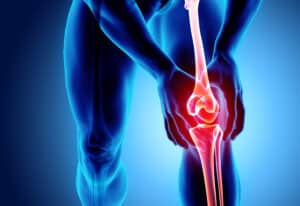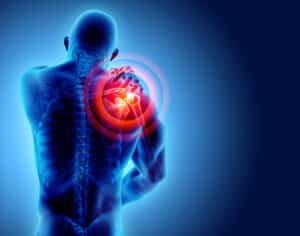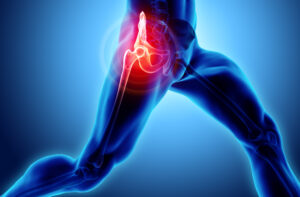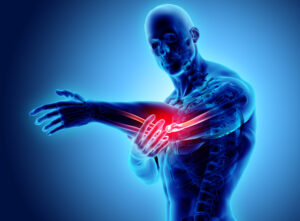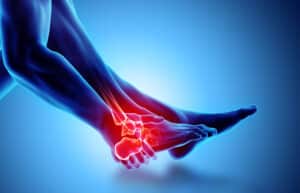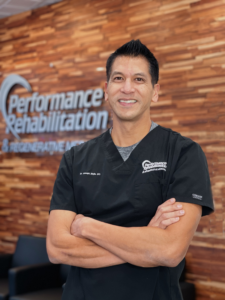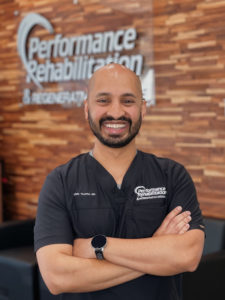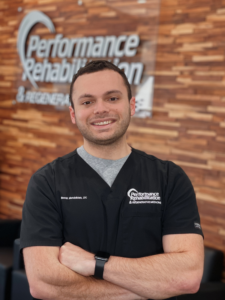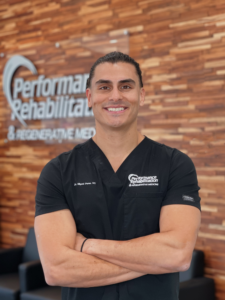IT Band Release Surgery isn’t your only option, try PRP Therapy
With the summer in full swing, some runners, cyclists and other fitness enthusiasts will undoubtedly experience the over-use condition called Iliotibial Band (ITB) Syndrome. If you are experiencing pain on the lateral side (outside) of the knee or hip that occurs with prolonged activity and relieved by rest you may be suffering from this debilitating soft tissue condition.
You have thigh pain, it may be your IT Band – What is the IT Band exactly?
The IT Band is a thick band of connective tissue that runs from the outside of the hip to the outside of the knee and has several functions. First, to stabilize the femur (thigh) and knee during weight-bearing running motions. Second, to guide the lower leg (tibia) as it swings forward in running and walking. Lastly and clinically important, just before the foot strikes down the IT band slides over a bony structure (Gerdy’s tubercle) in the knee and a similar structure in the hip.
Experiencing pain in your upper thigh or knee? Find out what causes IT Band Syndrome.
Poor foot biomechanics (flat footed), weak pelvic stabilizers, bow legged (genu varus) or simply over using the region can contribute to tightness of the IT Band. This tightness can result in an abnormal sliding motion which in turn can create inflammation in the underlying bursa sac (bursitis), which is often associated with tendonitis of the surrounding structures.
Avoid Surgery & Book your PRP Appointment Now!
Conventional Treatments for the IT Band Pain in Your Upper Leg
Fortunately, the vast majority of these conditions respond to conservative treatments that include rest, ice, compression of the IT band, anti-inflammatory medications, and a simple home stretching program to increase the flexibility of the IT band. After 2-4 weeks gradual reintroduction of physical activity may be attempted. If the pain quickly returns, professional intervention is warranted.
A 4-week regimen of physical therapy, by a skilled practitioner in ITB syndrome, should take care of most cases. If the patient fails to progress with physical therapy, supplementing treatment with a cortisone injection into the inflamed bursa may reduce pain and accelerate the rehabilitation.
 The Role of Platelet Rich Plasma (PRP) Therapy Instead of IT Band Release Surgery
The Role of Platelet Rich Plasma (PRP) Therapy Instead of IT Band Release Surgery
Until recently, athletes with the most stubborn cases of ITB syndrome that have failed all conservative interventions would proceed to surgery or they were advised to stop participating in the activities they loved doing.
Now patients have another option. PRP is becoming an exciting new treatment option for chronic recurring or unresponsive ITB syndrome. PRP is part of a new branch of medicine called Regenerative Medicine, whereby the physician utilizes the body’s own natural healing abilities to treat chronic injuries. Many orthopedic conditions don’t properly heal because the body is unable to provide the proper quantity of specialized cells for healing, repairing and reduction of inflammation. PRP solves this problem instead of the IT Band Surgery.
First the physician will perform a detailed examination and history, ruling out other conditions that may have similar presentations. The physician will perform an x-ray and diagnostic ultrasound (typically not an MRI) of the region in question, to determine the pain generating structures. Often, the patient is suffering from tendonitis and bursitis at the IT band insertion site (hip or knee) and supporting structures, This can be easily identified with diagnostic ultrasound. Once the physician determines that more conservative interventions have failed and that the patient
is a candidate for PRP, they will progress to the treatment.
The PRP Procedure for the IT Band Syndrome
The treatment is performed in-office during a 45-minute same-day procedure. The process is surprisingly simple. Blood is drawn from the patient and processed in an FDA approved medical device, to separate the healing platelets from blood plasma. The doctor then takes the concentrated healing platelets of the patient’s own blood and re-introduces them, or “grafts” them into a specific injured site (which has been identified on diagnostic ultrasound), to regenerate and repair injured tissue, decrease inflammation and reduce the healing time. Most current research concludes PRP can deliver 500-1000% more growth factor and bio-active proteins to the injured area than would occur naturally.
PRP and Anti-inflammatory effects
The most recent data in the field of Regenerative Medicine, is revealing that PRP has tremendous anti-inflammatory properties, by inhibiting Cox-1 and Cox-2 proteins, in the inflammatory cascade. Reducing inflammation is a key component in decreasing the patient’s pain levels, which will accelerate the rehabilitative process and ultimately return the athlete to full function. Clinically, our experience dictates excellent results with using PRP in lieu of cortisone for tendon, bursa and intra-articular injections, with fewer side effects reported
In conclusion, if you have been diagnosed with chronic IT band syndrome, tendonitis, bursitis or other soft tissue injuries, PRP may be a viable option instead of surgery. Only a medical physician trained in Regenerative Medicine can determine if PRP would be indicated as a solution to your injury.
If you have any questions or would like to make an appointment, please feel free to contact one of our Patient Care Coordinators at 908-754-1960 or you may contact us online.
About the author
Joseph Mejia D.O., F.A.A.P.M.&R, Is a graduate of University of Michigan and West Virginia School of Osteopathic Medicine. He is Board Certified in Physical Medicine & Rehabilitation and Sports Medicine. Dr. Mejia received his Fellowship Training in Interventional Pain Management from University of Medicine and Dentistry. He has advanced training in Regenerative Medicine and is the Medical Director and Partner of Performance Rehabilitation and Regenerative Medicine.
 The Role of Platelet Rich Plasma (PRP) Therapy Instead of IT Band Release Surgery
The Role of Platelet Rich Plasma (PRP) Therapy Instead of IT Band Release Surgery
